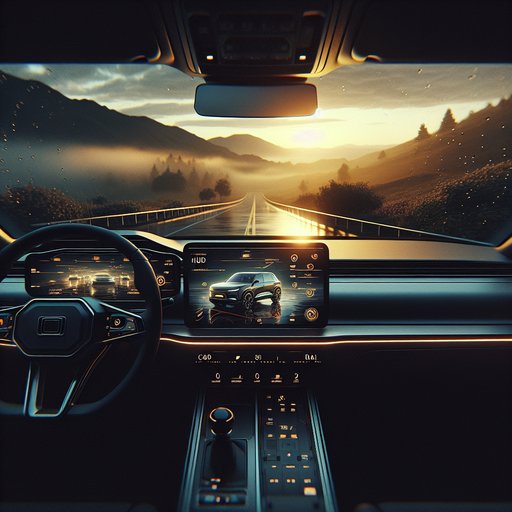
We put the 2025 Subaru Forester Touring’s latest EyeSight system and DriverFocus monitoring through a week of mixed driving and controlled track scenarios to see how its advanced safety tech performs outside the brochure.
Our tester is a 2025 Forester Touring with Subaru’s newest EyeSight setup: a tri-camera forward array (wide-angle mono plus stereo) for object and lane detection, rear corner radars for blind-spot and cross-traffic, and ultrasonic sensors for parking and reverse auto braking. Key features include pre-collision braking with pedestrian and cyclist detection, lane departure prevention, emergency steering assist, adaptive cruise with lane centering (stop-and-go), DriverFocus (infrared driver monitoring), and a surround-view camera. Testing covered 420 miles of city, suburban, and interstate driving, plus closed-course evaluations for AEB and evasive maneuvers. Conditions ranged from sunny, 80°F afternoons to dusk and light rain.
We used GPS video timestamps to gauge reaction times and ran repeated 25 mph and 20 mph approach runs at marked targets (soft pedestrian dummies and an inflatable car). AEB performance is strong for the class. At 25 mph toward a stopped vehicle, the Forester consistently avoided impact, initiating braking about a half-second after target acquisition and coming to rest with roughly a car-length to spare on dry asphalt. With an adult pedestrian dummy at 20 mph, it stopped cleanly; at 25 mph it scrubbed speed to a crawl before passing, indicating partial mitigation rather than full avoidance at that higher speed.
A child “dart-out” from behind a parked car was avoided at 15 mph, but produced a light tap to the dummy at 20 mph in one out of three runs on wet pavement. Emergency Steering Assist added gentle torque to help skirt an obstacle when braking space was insufficient, never feeling abrupt or tuggy. On the highway, adaptive cruise with lane centering tracks naturally, holding the middle of the lane without constant “ping-ponging.” Following distance is true to the selected gap, and cut-ins are handled with smooth, progressive deceleration rather than hard stabs at the brakes. In traffic jams, it will stop and resume for up to about 30 seconds without driver input; beyond that, a nudge to the throttle or RES wakes it.
Curve speed management appropriately trims speed on tighter ramps, though it errs conservative, dropping 3–5 mph more than necessary in our estimation. Hands-on prompts are less naggy than prior Subarus thanks to DriverFocus, which also flagged eyes-off-road in roughly 5–6 seconds. Lane Departure Prevention gently nudges rather than yanks, best on clear markings; on worn paint it wavers and occasionally disengages. Blind-spot detection is timely, and Rear Cross-Traffic Alert proved sensitive to fast cyclists—a plus in urban garages.
Reverse Automatic Braking reliably stopped for low obstacles, but it false-triggered once for a steep curb face. The surround-view camera is crisp and bright at night, though the front camera lens collects grime quickly; a wipe restored clarity. Limitations showed where you’d expect for a camera-centric system. Low sun directly ahead and heavy rain each produced brief “EyeSight temporarily unavailable” messages; functionality returned as conditions improved.
It also reads delivery vans parked partly in-lane on tight curves as hazards sooner than a human would, prompting an early slowdown. Overall, this is one of the most confidence-inspiring mainstream suites: smooth, well-judged assistance that reduces workload without overpromising autonomy. Buyers who prioritize robust AEB and polished traffic-jam manners will be satisfied; just keep sensors clean, tailor alert volumes in settings, and treat it as a capable co-pilot, not a chauffeur.












